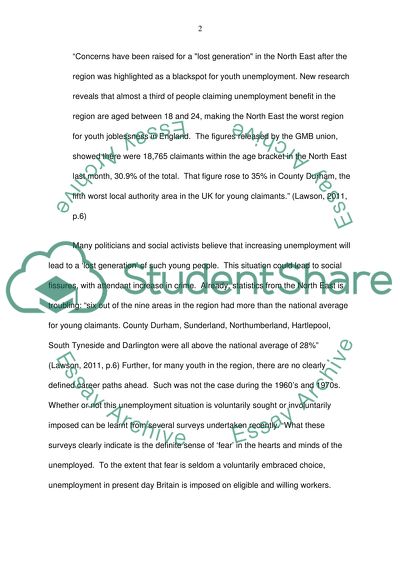Cite this document
(“Unemployment within the Labour Market is Primarily Voluntary Essay”, n.d.)
Retrieved from https://studentshare.org/macro-microeconomics/1447732-unemployment-within-the-labour-market-is-primarily-voluntary
Retrieved from https://studentshare.org/macro-microeconomics/1447732-unemployment-within-the-labour-market-is-primarily-voluntary
(Unemployment Within the Labour Market Is Primarily Voluntary Essay)
https://studentshare.org/macro-microeconomics/1447732-unemployment-within-the-labour-market-is-primarily-voluntary.
https://studentshare.org/macro-microeconomics/1447732-unemployment-within-the-labour-market-is-primarily-voluntary.
“Unemployment Within the Labour Market Is Primarily Voluntary Essay”, n.d. https://studentshare.org/macro-microeconomics/1447732-unemployment-within-the-labour-market-is-primarily-voluntary.


